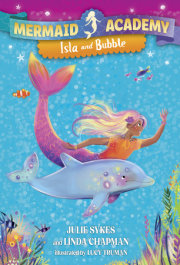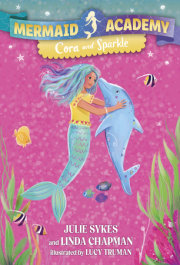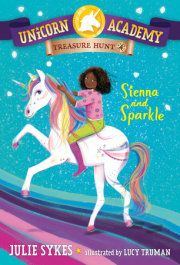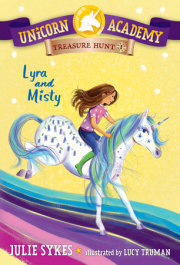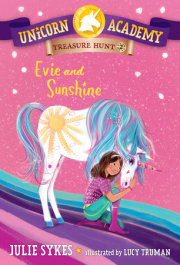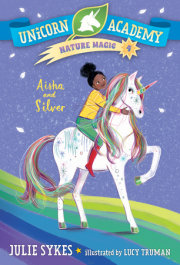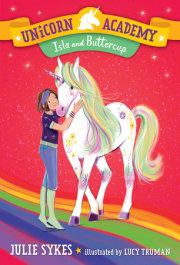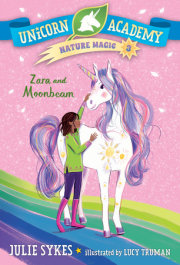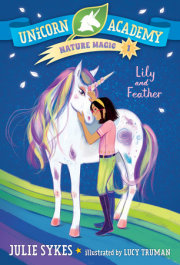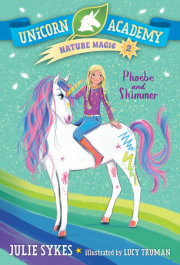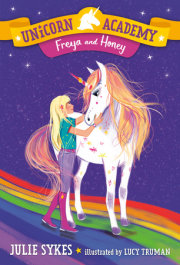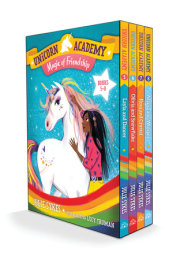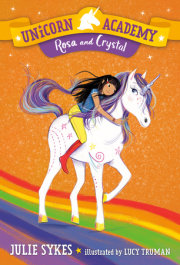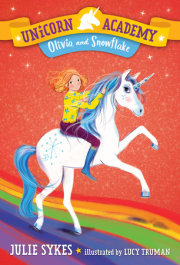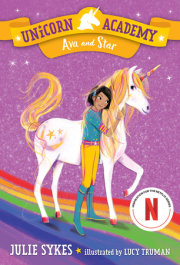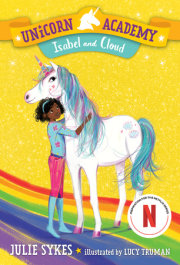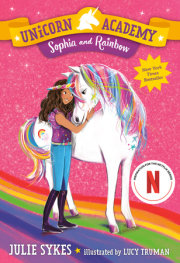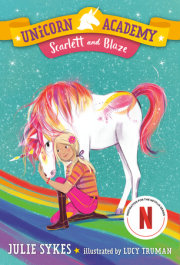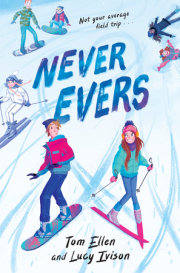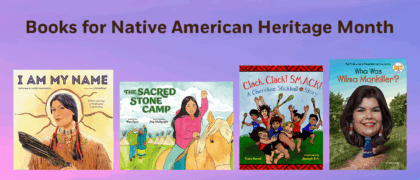1
Myrtle
I stopped and set my sewing machine down for the hundredth time. My hand was red raw, and my whole body ached with the effort of carrying the machine across London. But I refused to leave it behind.
I caught my reflection in the shop window and smiled to myself. Ma had said this dress was my best work, and it was. I had designed it and stayed up all night making it. If I were going to be a maid, I had decided I would do it dressed as though I were a queen.
I based the dress on a design from Chanel’s last winter collection. All the magazines featured it, and every day another lady would come into our family tailor’s shop, grasping a clipping, wanting it copied, desperate to look as chic and beautiful as the picture. But my dress is only Chanel-inspired. The rest is Myrtle Mathers. Instead of cutting it out of navy crepe, I used the finest black wool, soft but strong. I changed the collar so it is wider and gently scalloped, and I trimmed it in silk. On the tips I embroidered the tiniest bumblebees, the symbol of the worker. The Chanel dress had wide sleeves that flared out at the cuff, but I designed mine so the cuffs are tight to my wrists and won’t drag in soapy water or ashes in the hearth. I sewed on tiny black pearl buttons that reach all the way from my wrists to my elbows, and then I fluted the hem so that when I walk it swishes ever so slightly. And if you pay attention as it swishes, you will catch glimpses of the life I am leaving behind.
Because along the hem I embroidered a paw print the exact shape and size of our cat’s, Schiaparelli. I stitched my mother’s favorite forget-me-not teacup and my father’s lucky scissors. There are two braids, one for me and one for my neighbor Ethel, tied together with our matching best-friend ribbons. In a delicate chain stitch is our door with its number 7, old cracked paving stones in front, and the year, 1926. I stitched a cinema ticket and a Victoria sponge cake, my copy of Peter Pan and a reel of cotton.
I picked up my suitcase and sewing machine again and started to walk. With every step I was walking farther away from my before life. My life with a ma and pa. A life spent making things together in our tailor’s shop. A life where I believed I would become a dressmaker like them one day.
The most important cut in a pattern is the first one. It is irreversible. My life before was like a huge piece of uncut fabric. Pa dying was the first cut in my pattern. Ma got sick too, but then she got better. Well, almost better. But then she had to sell our shop to pay our debts—another snip—and go back to Ireland, to the farm and to my nana, where the air is fresh and her lungs can fully heal. Saying goodbye to her, and not knowing when I would see her again, was a slash across the very seams of me. But I stayed in London because there are more jobs here for girls like me. More opportunities to become what you want to be. And I want to be someone. Someone who can bring my mother home. Someone who won’t let go of my dreams. Coco Chanel left her orphanage with just her scissors, and now I am leaving Stepney with my sewing machine. I am alone, cutting my own pattern, making my own life.
The street opened onto an impossibly grand square. There were four mansions, but I knew instantly which one was Serendipity House. It shone brilliantly white in the spring sunshine and, from a distance, seemed to be encased in its own private snowstorm. I squinted and realized what appeared to be snow was actually thousands and thousands of tiny pink cherry blossom petals swirling in the wind. Something in my heart lifted. The main door was vast, and a woman in an old-fashioned wool suit holding a carpet bag stood in front of it. I saw the sign for the servants’ entrance and looked back across the square to where I had come from, back toward home. And then I looked up at the pink blizzard, closed my eyes, and stepped into it.
Copyright © 2021 by Lucy Ivison. All rights reserved. No part of this excerpt may be reproduced or reprinted without permission in writing from the publisher.




